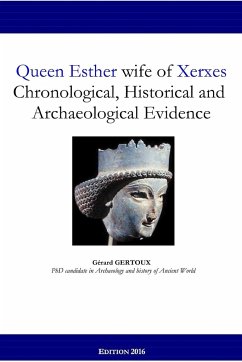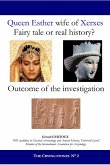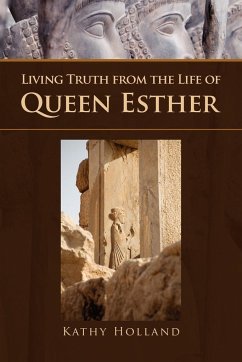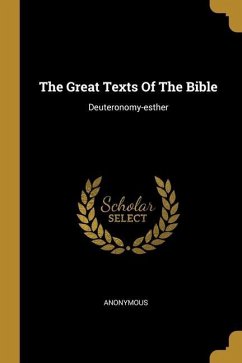Very few Bible scholars believe now in the historicity of the book of Esther. There is no chronological investigation despite the fact that chronology is the backbone of history and there has been no historical research among archaeological witnesses. Worse still, to establish their chronology, historians have blind faith in the Babylonian king lists which are nevertheless false (reporting no usurpation and no co-regency). Yet it is easy to check in the tablets of Persepolis that Mordecai was an eminent royal scribe called Marduka who worked with Tatennai, the governor beyond the River, under the direction of U¿tanu, the satrap of Babylon, during the years 17 to 32 of Darius. Similarly, the narrative of Herodotus regarding Amestris (a name meaning 'vigorous woman' in Old Persian), Xerxes' unique wife and only queen known in Persia, corresponds in many ways to Esther ('star' in Old Persian") despite the unfavourable and biased description of the Persian queen.
Hinweis: Dieser Artikel kann nur an eine deutsche Lieferadresse ausgeliefert werden.
Hinweis: Dieser Artikel kann nur an eine deutsche Lieferadresse ausgeliefert werden.








